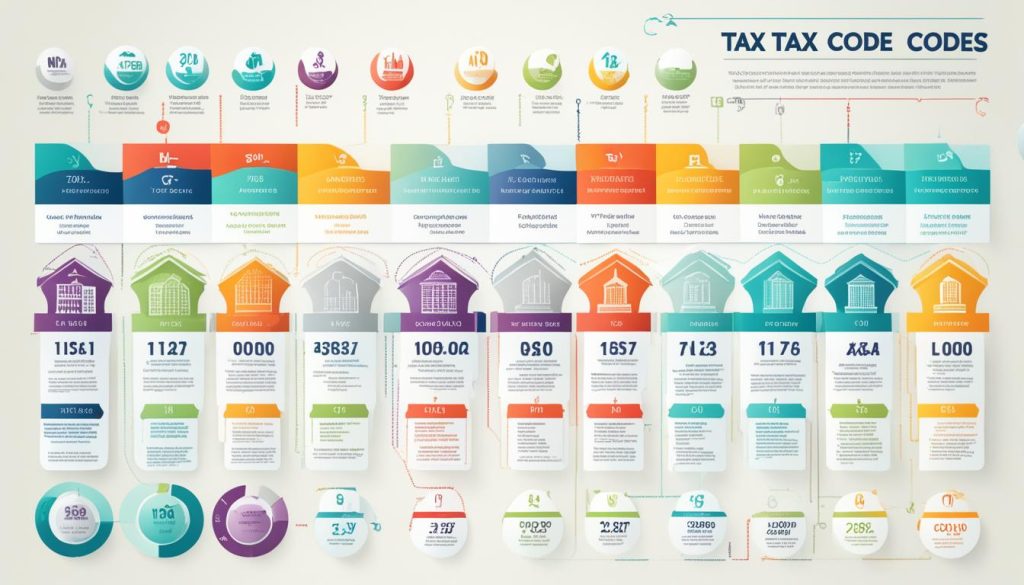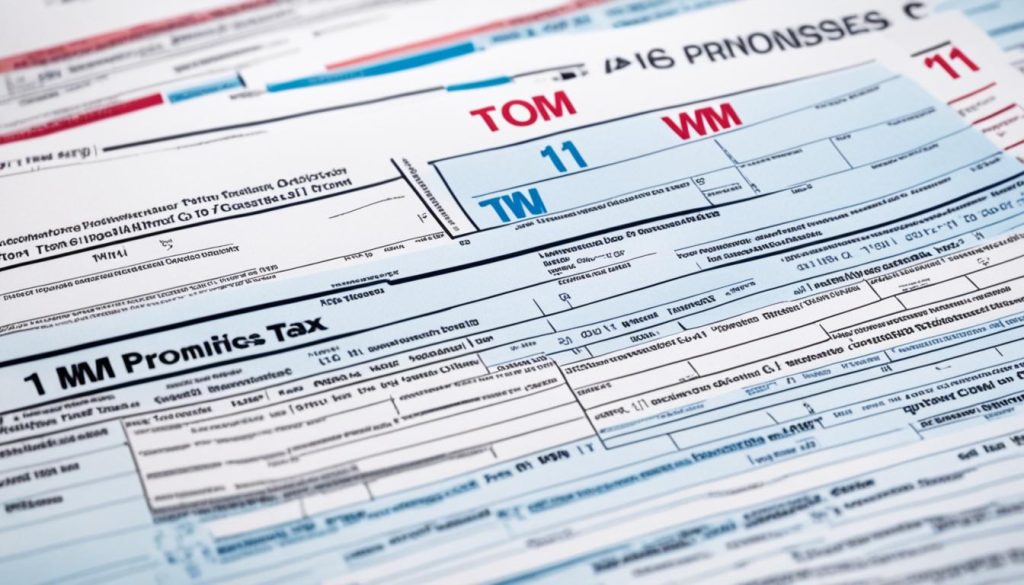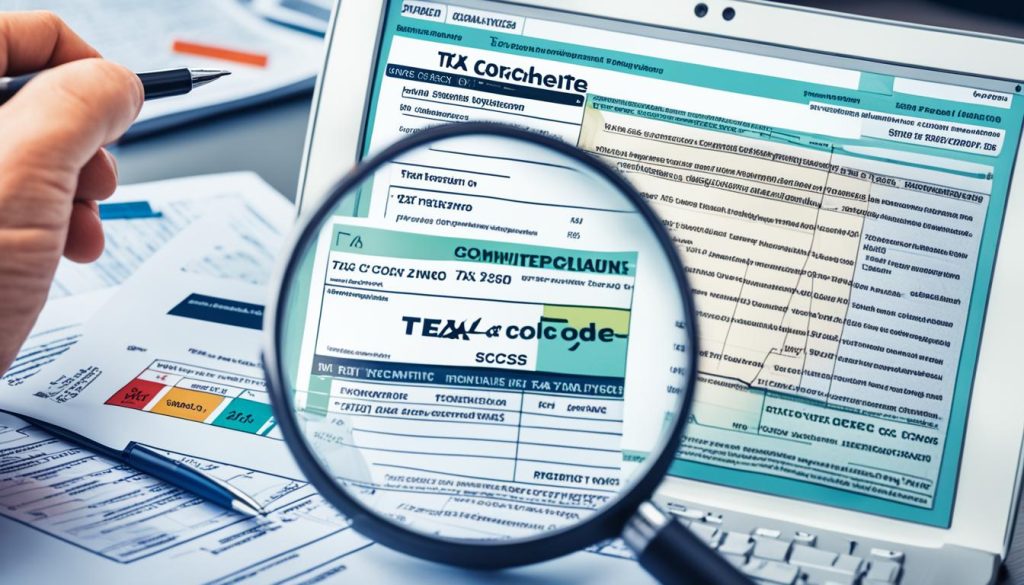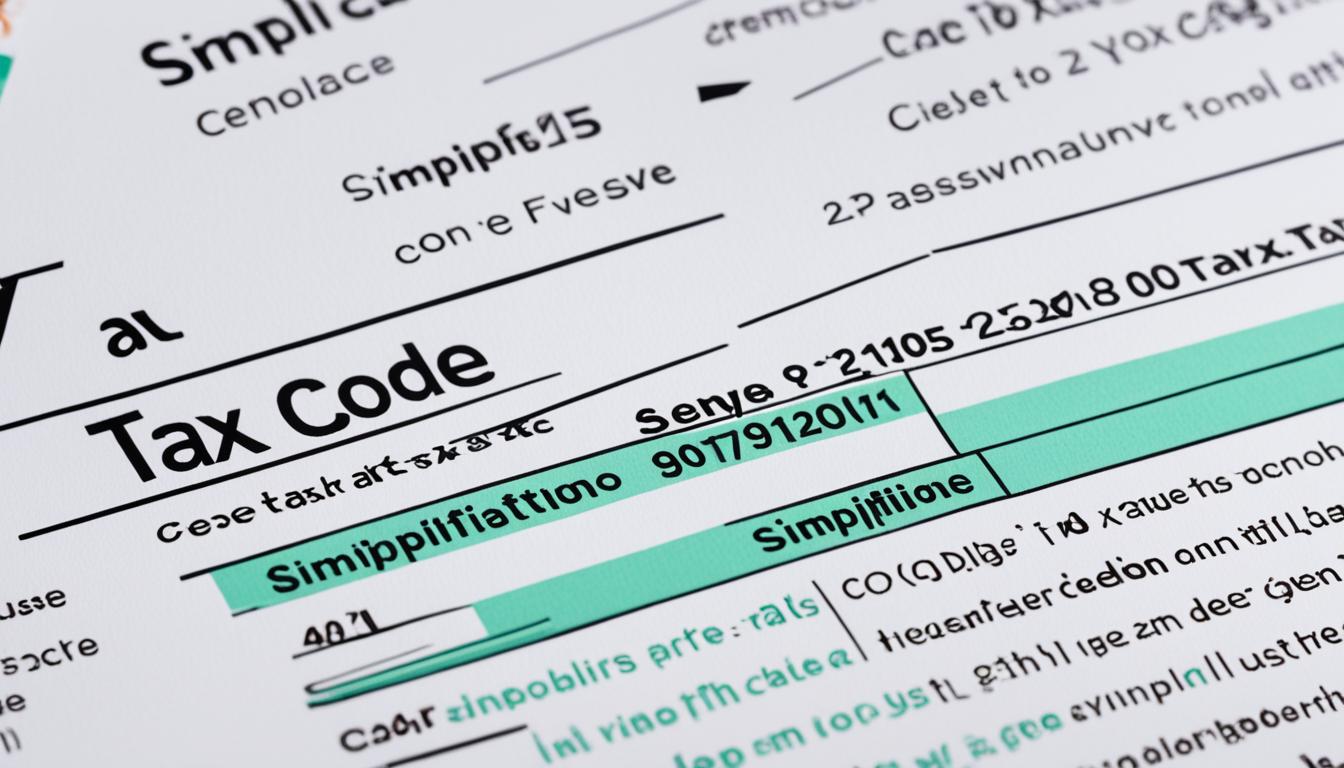Welcome to our comprehensive guide on understanding the w1m1 tax code and how it can simplify your taxes. If you’ve ever wondered what the w1m1 tax code is all about, you’ve come to the right place. In this article, we’ll explain everything you need to know about this temporary tax code and why it’s important to ensure you’re on the correct code for your circumstances.
But first, let’s start with the basics. The w1m1 tax code is an emergency tax code used by HM Revenue & Customs (HMRC). It is typically assigned to individuals who have experienced a change in their circumstances, such as starting a new job or transitioning from self-employment to employment. This code indicates that you’re on an emergency tax code and may not be paying the correct amount of tax. Therefore, it’s crucial to update your tax code with HMRC or provide the necessary information to your employer to ensure you’re on the correct code and paying the right amount of tax.
In the following sections, we’ll delve deeper into the w1m1 tax code, including how it’s calculated and why your tax code might change. We’ll also provide practical tips on how you can update your tax code and simplify your taxes. So, let’s get started and demystify the w1m1 tax code!
Understanding the W1M1 Tax Code
The w1m1 tax code is just one of many tax codes used by HMRC to determine how much tax should be deducted from an individual’s pay under the PAYE (Pay As You Earn) system. Tax codes consist of a number, which represents the amount of tax-free pay an individual is entitled to, and one or more letters that provide additional information about how their pay should be taxed. It is important to understand how your tax code is worked out and how changes in your circumstances can impact your tax code.
When it comes to understanding tax codes, it’s crucial to familiarize yourself with the key components that make up your code. The numerical part of your tax code indicates the amount of tax-free income you are entitled to earn within a specific tax year. This amount is typically based on the current personal allowance set by HMRC. However, it’s important to note that the personal allowance can change from year to year, due to tax code changes implemented by HMRC.
In addition to the numeric component, tax codes may include one or more letters that provide further information about your tax situation. These letters act as ‘suffixes’ and help HMRC to calculate the correct amount of tax to be deducted from your pay. The letters can denote various factors, such as allowances or deductions, tax adjustments, or special circumstances. Understanding the meaning of these letters ensures that you have a clear understanding of how your pay will be taxed.
It’s worth mentioning that tax codes can be subject to changes depending on your circumstances. For example, if you change jobs, your tax code may need to be updated to reflect your new employment situation. Similarly, if you experience significant changes in your financial circumstances, such as starting or stopping self-employment, getting married or divorced, or receiving additional benefits, your tax code may need to be adjusted accordingly.
Key Takeaways
- The w1m1 tax code is used by HMRC to calculate how much tax should be deducted from your pay.
- Tax codes consist of a numeric component representing your tax-free allowance and one or more letters that provide additional information about your tax situation.
- Understanding the composition of your tax code is essential to ensure accurate tax deductions.
- Your tax code may need to be updated if there are changes in your employment or financial circumstances.

Why Your Tax Code Might Change?
There are several reasons why tax code changes can occur. HMRC, the UK’s tax authority, updates tax codes annually to reflect changes in the personal allowance. The personal allowance is the amount of income you can earn before you start paying tax. So, if the personal allowance increases, your tax code may change to reflect the new threshold.
Another reason for tax code changes is when HMRC receives new information from your employer. For example, if you receive a pay raise or take on additional benefits, such as company-provided healthcare, it could impact your tax code. These changes are necessary to accurately calculate the amount of tax you owe based on your updated income and benefits.
In some cases, HMRC may calculate that you have overpaid or underpaid tax in a previous year. If this happens, they may adjust your tax code to correct the error and spread the repayment or additional payment across future pay periods. This ensures that you pay the correct amount of tax over time.
Starting a new job can also lead to a change in tax code. When you begin a new job, your employer needs an updated tax code from HMRC to deduct the correct amount of tax from your pay. If HMRC hasn’t provided your new tax code to your employer yet, you may be placed on an emergency tax code temporarily. The emergency tax code, such as the hmrc tax code w1m1, ensures that you start paying tax while your employer awaits the updated tax code.
Understanding the Impact
It’s essential to understand why your tax code might change to avoid any unexpected surprises when it comes to your tax obligations. Staying informed about tax code changes and providing accurate information to HMRC and your employer can help ensure that your tax affairs are in order and that you’re paying the right amount of tax.

Managing Your Tax Code
To stay on top of your tax code, it’s advisable to regularly review it. You can do this by using online tools such as a tax code checker. This allows you to check the accuracy of your tax code and identify any changes that may need to be made.
If you find that your tax code is incorrect or needs to be updated, you can use HMRC’s online services or get in touch with them directly. They will guide you through the process of updating your tax code and ensure that it reflects your current circumstances.
By understanding the reasons why tax code changes happen and actively managing your tax affairs, you can ensure that you stay on the right side of HMRC and avoid any unnecessary stress or complications when it comes to your taxes.
How to Update Your Tax Code?
Updating your tax code is essential to ensure that you are paying the correct amount of tax based on your current circumstances. There are various methods you can use to update your tax code, depending on your situation.
1. For New Job Starters
If you have recently started a new job, providing your employer with your P45 from your previous job is crucial. It contains important tax information that helps your new employer determine your correct tax code. If you don’t have a P45, don’t worry. You can still provide the necessary details to your new employer so they can update your tax code accordingly.
2. Transitioning from Self-Employment
If you were previously self-employed and have started working as an employee, your employer should provide you with a “starter checklist” form. This form collects details about your previous employment and allows your employer to assign or update your tax code correctly.
3. Receiving Company Benefits or State Pension
If you have recently started receiving company benefits or the State Pension, it’s essential to check your tax code online. Ensure that these new income sources and any applicable tax allowances are properly included in your tax code.
If you find that any changes need to be made to your tax code, there are two primary methods for updating it:
- Tax Code Online Service: The quickest and easiest way to update your tax code is through HMRC’s online service. Simply log in to your account, navigate to the tax code section, and make the necessary changes. This method allows for efficient and immediate updates.
- Contacting HMRC: If you prefer speaking directly with an HMRC representative, you can contact them via phone. They will guide you through the process of updating your tax code and address any questions or concerns you may have.
Remember, keeping your tax code up-to-date is crucial for accurate tax payments. By using a tax code checker or calculator, you can easily verify the accuracy of your tax code and ensure that you are not overpaying or underpaying your taxes.

| Benefits of Updating Your Tax Code | Consequences of Not Updating Your Tax Code |
|---|---|
|
|
Conclusion
In conclusion, it is crucial to understand and manage your HMRC tax code, including the w1m1 code, to ensure accurate tax payments. By staying updated on any changes in your circumstances that may impact your tax code and providing the necessary information to HMRC and your employer, you can avoid overpaying or underpaying taxes.
Utilizing online tools such as tax code checkers and calculators can help you stay informed about your tax code and make any necessary updates. These resources enable you to easily access information and ensure that your tax code reflects your current situation.
By taking proactive steps in understanding, managing, and updating your tax code, you can simplify your tax processes and ensure smooth financial management. By staying informed and proactive, you can optimize your tax payments and minimize any potential financial issues that may arise.




















No Comments
Leave a comment Cancel